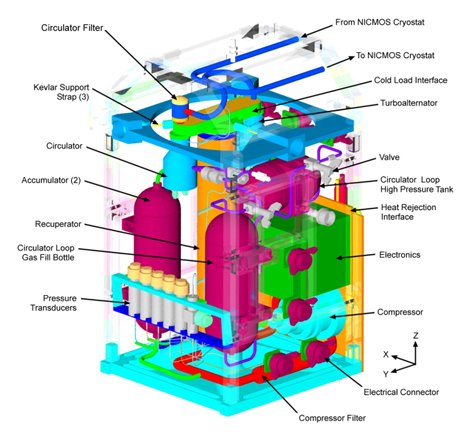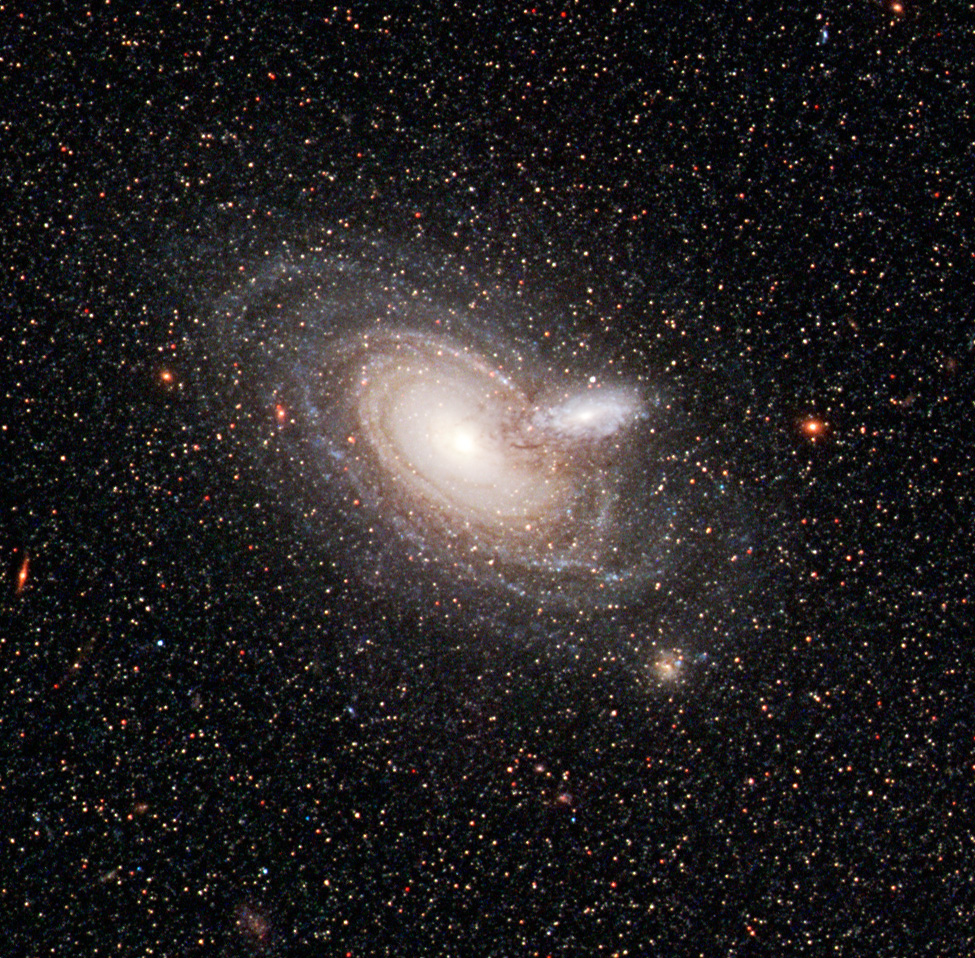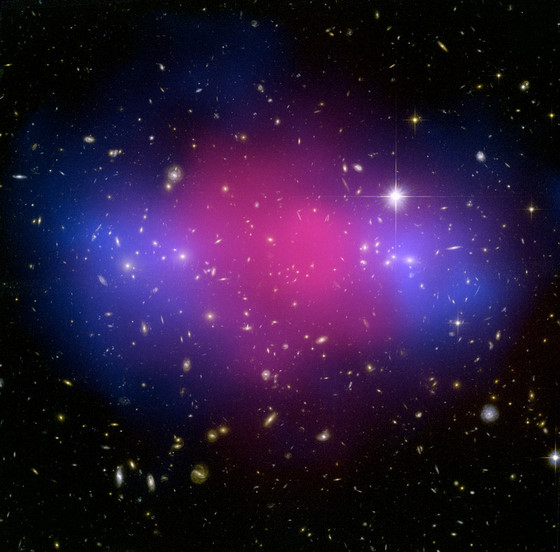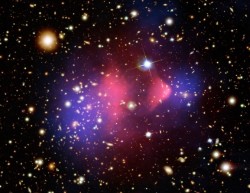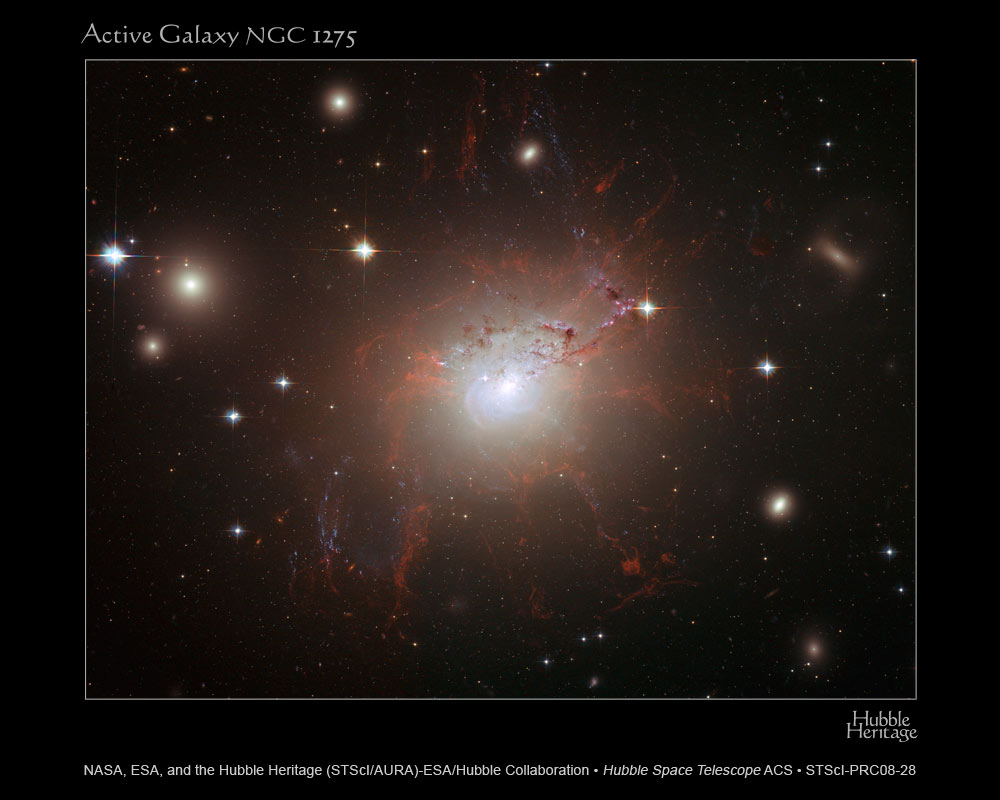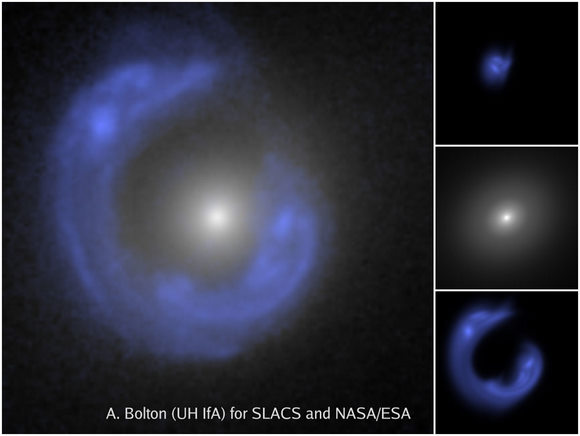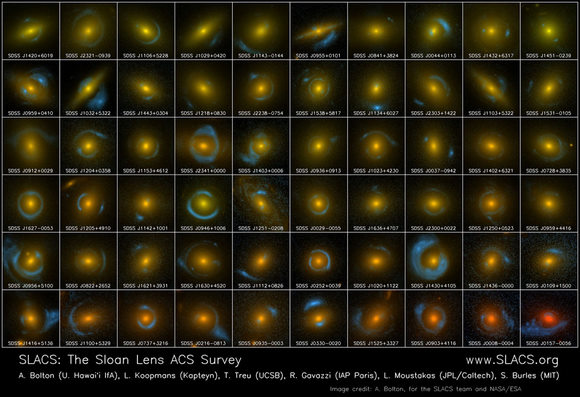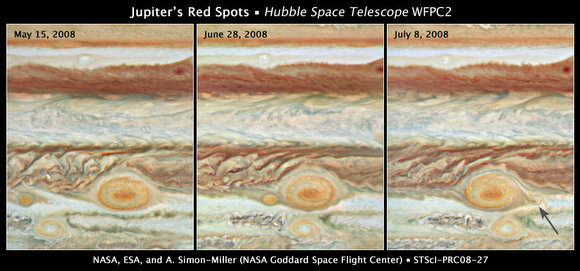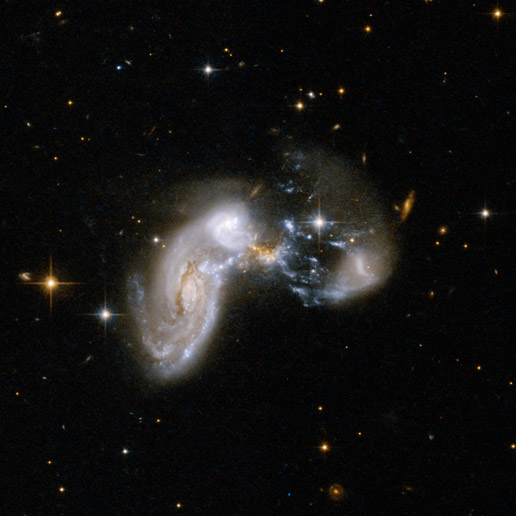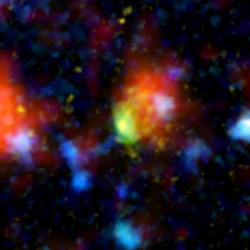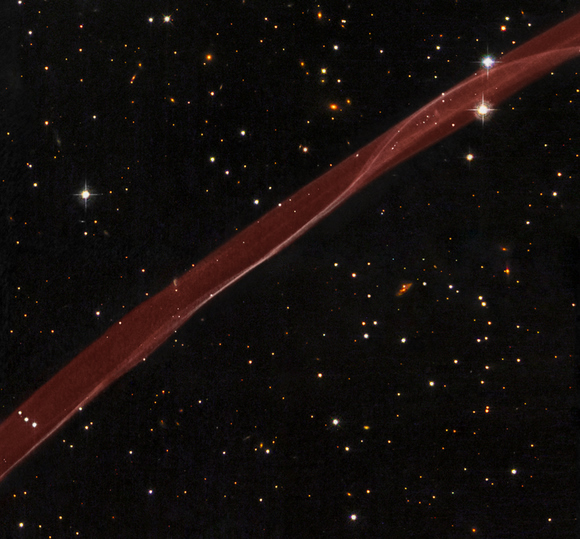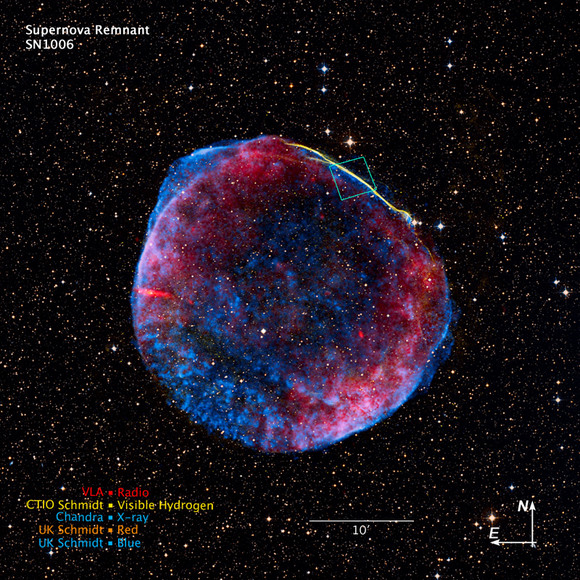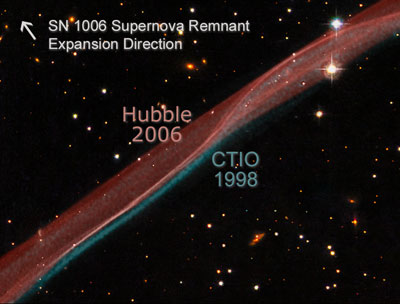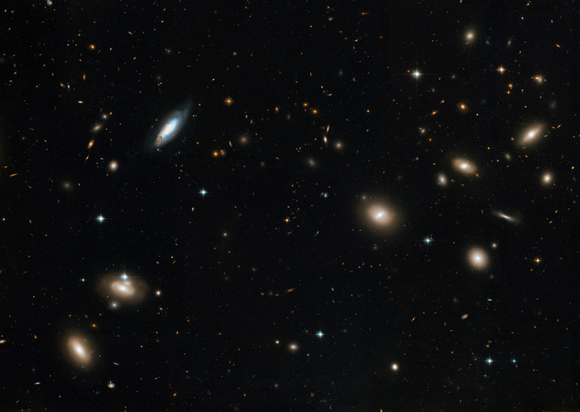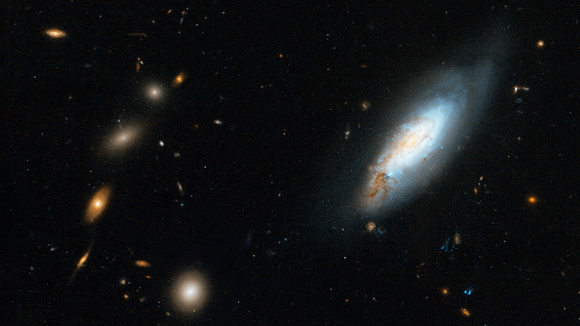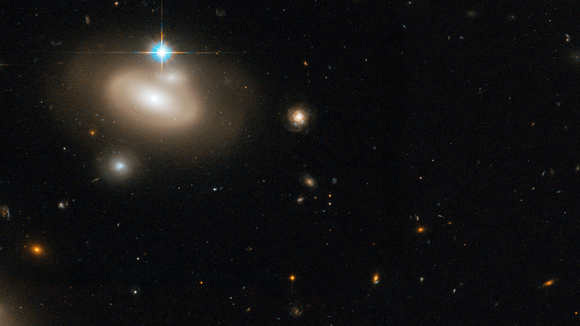[/caption]
A cooling system for the Near Infrared Camera and Multi-Object Spectrometer (NICMOS) science instrument aboard the Hubble telescope experienced an anomaly during a restart, causing the instrument to go into safe mode. After a couple of additional restarts, the problem still persists, and a decision was made for NICMOS to “stand down” while engineers study the anomaly and allow the cooling system to warm up, which may take a couple of weeks. In the short term, this will affect planned science observations, and engineers are hoping to avoid any long term complications. At this point, if the problem cannot be fixed from the ground, it is unclear how it might affect the upcoming servicing mission, scheduled for an Oct. 10 launch.
New software was uploaded last week to the computer that controls Hubble’s five science instruments to get the telescope ready for the upcoming servicing mission (SM4). Installation of the software requires putting all of the telescope’s science instruments into safe mode configuration for a short period of time.
About six hours after the system was reactivated, at about 4 a.m. EDT on Sept. 11, the NICMOS anomaly was seen. The cooling system put itself into safe mode after seeing too high a speed in the circulator pump operation. After studying data, flight controllers modified operating protection parameters and attempted a restart of the system on Sunday, Sept. 14. The circulator system again indicated a high speed violation so the system was returned to safe mode.
Engineers believe the ice particles in the cooling loop could be causing the problem. With some small adjustments in start-up procedures, engineers think the cooling system can be successfully reactivated. The flight team tried another restart Monday evening (9/15). The anomaly was still seen after that restart, so the Hubble Project’s plan now is to stand down from any additional attempts to restart. Engineers will study the anomaly while waiting until the cooling system has been allowed to warm somewhat, which may take several weeks.
The impact to planned NICMOS science operations involves approximately 70 exposures from three guest observer programs and additional exposures from two NICMOS internal calibration programs. Additionally, all NICMOS science has been removed from this week’s observation schedule. Sixty-one orbits of NICMOS science were scheduled for the week between September 15 and September 21.
The servicing mission already has a jam-packed schedule, and its uncertain if any last minute additions to the mission would be possible.
Source: NASA

